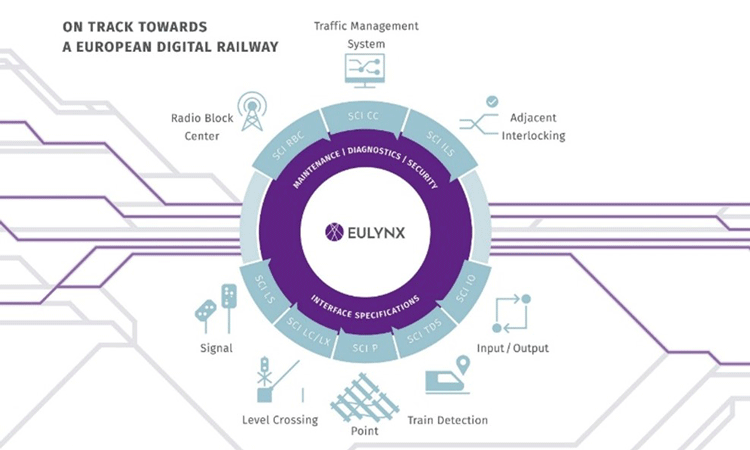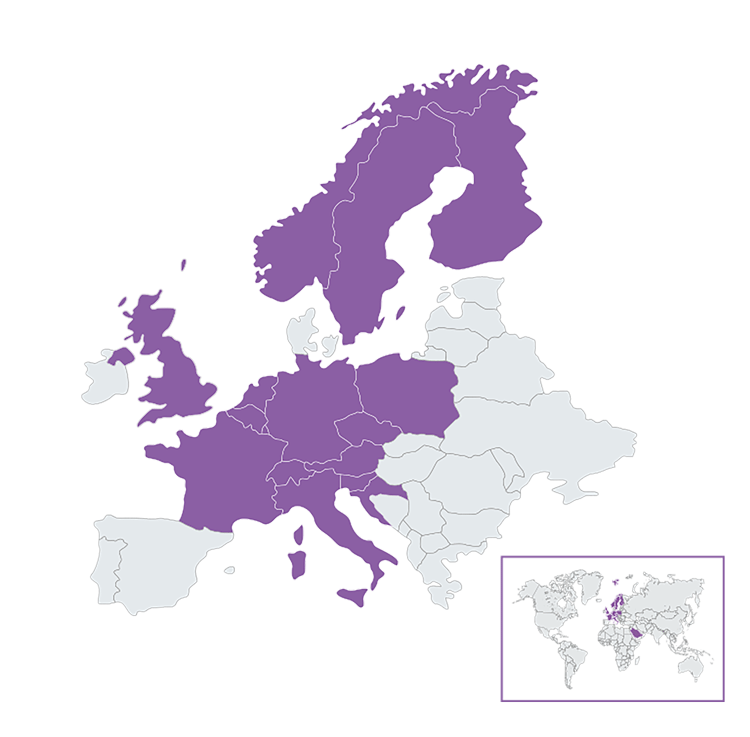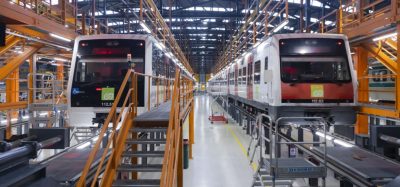Digital railway signalling: the strategic turning point
Posted: 10 June 2025 | Mirko Blazic | No comments yet
Ageing legacy systems must evolve to meet the growing demands of digitalisation, requiring a transformative approach to railway signalling. Mirko Blazic, EULYNX Technical Lead, explains further.


As railway infrastructure faces increasing pressure to modernise, the signalling sector stands at a strategic turning point. Standardisation and interoperability have emerged as key priorities, setting the foundation for a future-proof rail network. EULYNX, a consortium dedicated to defining modular and interoperable signalling solutions, plays a central role in this transition.
The drive towards standardisation and modularity
The rise of digitalisation meets critical issues in existing railway infrastructure, particularly the obsolescence of the installed base and inefficiencies in both operations and maintenance. The diversity of legacy systems and related interfaces has contributed to high lifecycle costs and limited adaptability to new technologies. The shift towards modularity and standardisation is at the forefront of industry discussions.
This transition reduces system complexities and vendor lock-in for the infrastructure managers, while enabling suppliers to streamline product portfolios.
Modular architecture enables the decoupling of interlockings from field components through harmonised interfaces. These standardised interfaces help infrastructure managers optimise migration strategies, add flexibility to lifecycle management and extend the lifespan of installed components. This transition reduces system complexities and vendor lock-in for the infrastructure managers, while enabling suppliers to streamline product portfolios and develop solutions deployable across a broader market beyond their traditional reach.
Interface specifications and model‑based systems engineering EULYNX’s main activities revolve around developing interface specifications. These specifications define the modular architecture, specifying detailed signalling (SCI), diagnostic (SDI), maintenance (SMI) and security (SSI) requirements. Model-Based Systems Engineering (MBSE) underpins the development process, improving efficiency and clarity. This methodology allows for the creation of simulators to test interface behaviour, ensuring validation of requirements and later integration.
Bridging the skills gap
As digitalisation reshapes railway signalling, expertise in modern systems is essential. To address the growing demand for specialised knowledge, EULYNX has launched the EULYNX Academy. This initiative provides structured training – both online and onsite – to equip professionals with the necessary skills to understand and implement modern digital signalling systems.
As digitalisation reshapes railway signalling, expertise in modern systems is essential.
For widespread adoption, infrastructure managers require assurance that new components align with standardised specifications. EULYNX is actively developing a compliance testing facility to validate signalling products ahead of deployment. This laboratory also features an open database of test cases, allowing infrastructure managers and suppliers to verify compatibility before field implementation.
Norway’s nationwide digitalisation
Led by Bane NOR as part of their European Train Control System (ETCS) rollout, this project shows that digitalisation and standardisation enhance operational efficiency, lower maintenance costs and bring longer life cycles.
A prominent example of successful digital transformation in railway signalling is Norway’s nationwide rollout of EULYNX-based solutions. Led by Bane NOR as part of their European Train Control System (ETCS) rollout, this project shows that digitalisation and standardisation enhance operational efficiency, lower maintenance costs and bring longer life cycles. This project can be seen as a model for other infrastructure managers considering similar transformations.
The recent publication of Baseline Set 4 Release 3 offers 54 comprehensive documents that further specify its modular architecture. Mature specifications strengthen the adoption of EULYNX solutions, supporting more infrastructure managers in transitioning to digitalised signalling. Interest in EULYNX extends beyond Europe, with infrastructure managers from various regions exploring its potential.
The collaboration with Europe’s Rail System Pillar marks an important step toward broad adoption. Multiple specifications have already been jointly published with Europe’s Rail, signifying progress towards making EULYNX a binding standard.
For infrastructure managers considering the integration of EULYNX, preparation is key. Aligning national specifications, updating procurement strategies and addressing integration challenges are crucial steps. Deployment support is available to the members for assistance with gap analyses and migration strategies.
The railway industry stands at a decisive moment. With ageing systems in need of replacement, digitalisation is not merely a trend but a necessity. Standardisation and modularity are the cornerstones of this transition. Through interface standardisation and modular architecture, a blueprint is available for the future of railway signalling.


EULYNX Consortium Members:
- Bane NOR, Norway
- Société Nationale des Chemins de Fer Luxembourgeois (CFL), Luxembourg
- Centralny Port Komunikacyjny (CPK), Poland
- DB InfraGO (DB), Germany
- HŽ Infrastruktura (HŽ), Croatia
- Infrabel, Belgium
- Network Rail, United Kingdom
- ÖBB Infrastruktur, Austria
- ProRail, Netherlands
- Rete Ferroviaria Italiana (RFI), Italy
- Schweizerische Bundesbahnen (SBB), Switzerland
- Société Nationale des Chemins de Fer Français (SNCF), France
- SŽ-Infrastruktura (SŽ), Slovenia
- Správa železnic, Czech Republic
- Trafikverket, Sweden
- Väylä (FTIA), Finland
- Saudi Arabia Railways (SAR), Saudi Arabia


Stay Connected with Global Railway Review — Subscribe for Free!
Get exclusive access to the latest rail industry insights from Global Railway Review — all tailored to your interests.
✅ Expert-Led Webinars – Gain insights from global industry leaders
✅ Weekly News & Reports – Rail project updates, thought leadership, and exclusive interviews
✅ Partner Innovations – Discover cutting-edge rail technologies
✅ Print/Digital Magazine – Enjoy two in-depth issues per year, packed with expert content
Choose the updates that matter most to you. Sign up now to stay informed, inspired, and connected — all for free!
Thank you for being part of our community. Let’s keep shaping the future of rail together!
Related topics
Digitalisation, European Train Control System (ETCS), Infrastructure Developments, Signalling, Control & Communications, Technology & Software, Track/Infrastructure Maintenance & Engineering
Related regions
Austria, Belgium, Croatia, Czech Republic, Finland, France, Germany, Italy, Luxembourg, Norway, Poland, Saudi Arabia, Slovenia, Sweden, Switzerland, The Netherlands, UK







